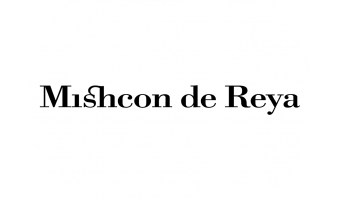News from in & around
The Clubhouse
Make your meeting matter
Connection and collaboration are key to positive company culture, so try these strategies to maximise the effectiveness of your next meeting.

Struggling through a day of rambling back-to-back meetings gives you no time to think. Colleagues may often leave a meeting room without the solid decisions and action plans they hoped for. Many turn up unready, unable to contribute, without a clear understanding of the purpose of the meeting. UK employees are spending almost an entire working day every week going to ineffective meetings, according to a survey from meeting technology firm, eShare. The average professional spends 10 hours 42 minutes every week preparing for and attending 4.4 meetings. The average meeting has 6.8 employees present, meaning that productivity will be seriously impacted if the meeting doesn’t have the focus it requires. Striving to foster a company culture where participants come prepared for a relevant, effective discussion requires the right tool kit and a shift in attitude, which will result in productive conversations and fruitful actions.
Here are some simple guidelines:
1. Invite and prepare the right people
It’s about quality, not quantity; few meetings need more than a handful of attendees – consider the economic cost of inviting too many employees to the room. Help others come prepared by giving them time to reflect on the context of the meeting. Provide documents, research and any other material necessary in advance.
2. Set the agenda
A strong agenda with good direction is crucial to a well-structured meeting – too vague or boring and it will kill the cause. A strong facilitator is key to executing the meeting, but that doesn’t always mean the boss or leader is the ideal candidate. The main thrust of this role is to drive the meeting and understand its purpose.
3. Start on time
It’s estimated that over a third of meetings start late – to avoid an interruption, explain beforehand that the meeting will start on time and if people are held up or delayed, they can expect a summary to be sent after the meeting, as there will be no recaps for late arrivals.
4. Write the code
Setting a few ground rules is good practice to avoid distractions such as side conversations, interruptions and deconstructive criticism. Welcome challenges, of course, but the emphasis should always be on healthy feedback focussed on achieving results.
5. Say goodbye to phones
Insist that everyone in your meetings puts their phones away, along with any other devices unrelated to the meeting which could distract them. It’s not unreasonable to demand 100% focus from everyone. Some employees may like to stand up when they contribute to aid their focus, which may also help those listening. See what works for your team.
6. But say hello to technology
Technology can make or break a meeting, which is why The Clubhouse meeting rooms are designed to be easy to use yet powerful. All rooms feature Konftel audio conference phones, Samsung HD screens to which you can connect either wirelessly by using either AppleTV or Windows 10 casting, or alternatively via HDMI and VGA cables. If you need user-friendly and reliable videoconferencing, our boardrooms feature StarLeaf – one of the most flexible solutions around to ensure your teams can collaborate effectively wherever they may be. To take your meeting to the next level, book The Greenhouse, awarded ‘London’s Best Meeting Room’ at the London Venue Awards. It features a fully interactive video wall and is the place to brainstorm ideas, collaborate, present, share and develop your plans. This unique tool is the ideal solution to boost engagement, creativity, collaboration and productivity.
7. Wrap it up
Once the final item on the agenda has been covered, end the meeting immediately. Attendees will leave feeling focussed and that their time hasn’t been wasted. Brief but relevant is the ideal combination.
This article was originally featured in The Informer – January 2019. To read the full magazine please click here


